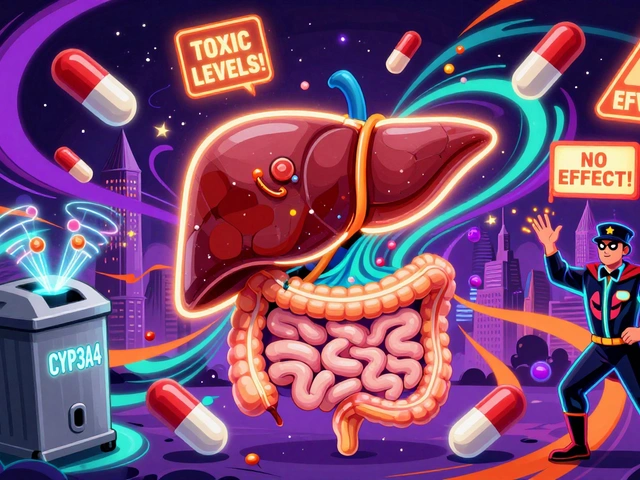PMS Check-Ups: What They Really Mean for Your Health
When you hear the term PMS check-ups, regular evaluations that track premenstrual symptoms, hormone trends, and overall wellbeing. Also known as period health assessments, they give you a clear picture of how your cycle affects daily life.
At the heart of any Premenstrual Syndrome, the collection of physical and emotional changes that happen before menstruation (often just called PMS), is a hormonal roller‑coaster. Understanding this roller‑coaster starts with measuring estrogen and progesterone swings, which is exactly what a thorough PMS check-up does. In other words, PMS check-ups encompass hormone level monitoring, symptom journaling, and sometimes simple blood tests.
But hormone tracking isn’t the only piece of the puzzle. Most people who experience severe cramps or mood swings turn to pain relief options, over‑the‑counter analgesics, prescription medications, or natural remedies that calm uterine muscles. Effective pain relief requires matching the right drug to the specific symptom pattern you uncover during your check‑up. For example, ibuprofen works well for inflammation, while a low‑dose hormonal patch may smooth out mood swings.
Another major player is hormone therapy, treatments that adjust estrogen or progesterone levels to stabilize the menstrual cycle. When a check‑up reveals persistent imbalances, doctors often suggest oral contraceptives, drospirenone‑based pills, or even non‑hormonal alternatives like magnesium supplements. The choice hinges on your age, health history, and how your symptoms show up in the check‑up data.
Lifestyle tweaks also have a surprising impact. Regular exercise, balanced nutrition, and stress‑reduction techniques can flatten the peaks and valleys of PMS. A solid check‑up will flag lifestyle triggers—like caffeine spikes or lack of sleep—so you can target them directly. In short, lifestyle changes influence PMS severity, and a good assessment tells you where to start.
How This Collection Helps You Take Action
Below you’ll find a curated set of articles that dive deep into the tools you’ll meet during a PMS check‑up. From comparing common pain relievers to exploring hormone therapy alternatives, each piece breaks down the pros, cons, and safety tips you need. Whether you’re just starting to track your cycle or you’re looking for advanced treatment options, the posts below give practical steps you can apply right away.
Use this resource as a roadmap: start with the basics of symptom tracking, move on to pain‑management choices, then explore hormone‑based and lifestyle strategies. The goal is to turn the data from your PMS check‑ups into clear, actionable decisions that improve how you feel each month.
Why Regular Check-Ups and Ongoing Monitoring are Crucial for Premenstrual Syndrome
Learn why regular check‑ups and ongoing monitoring are vital for managing Premenstrual Syndrome, with practical tips, exam details, and self‑tracking tools.





